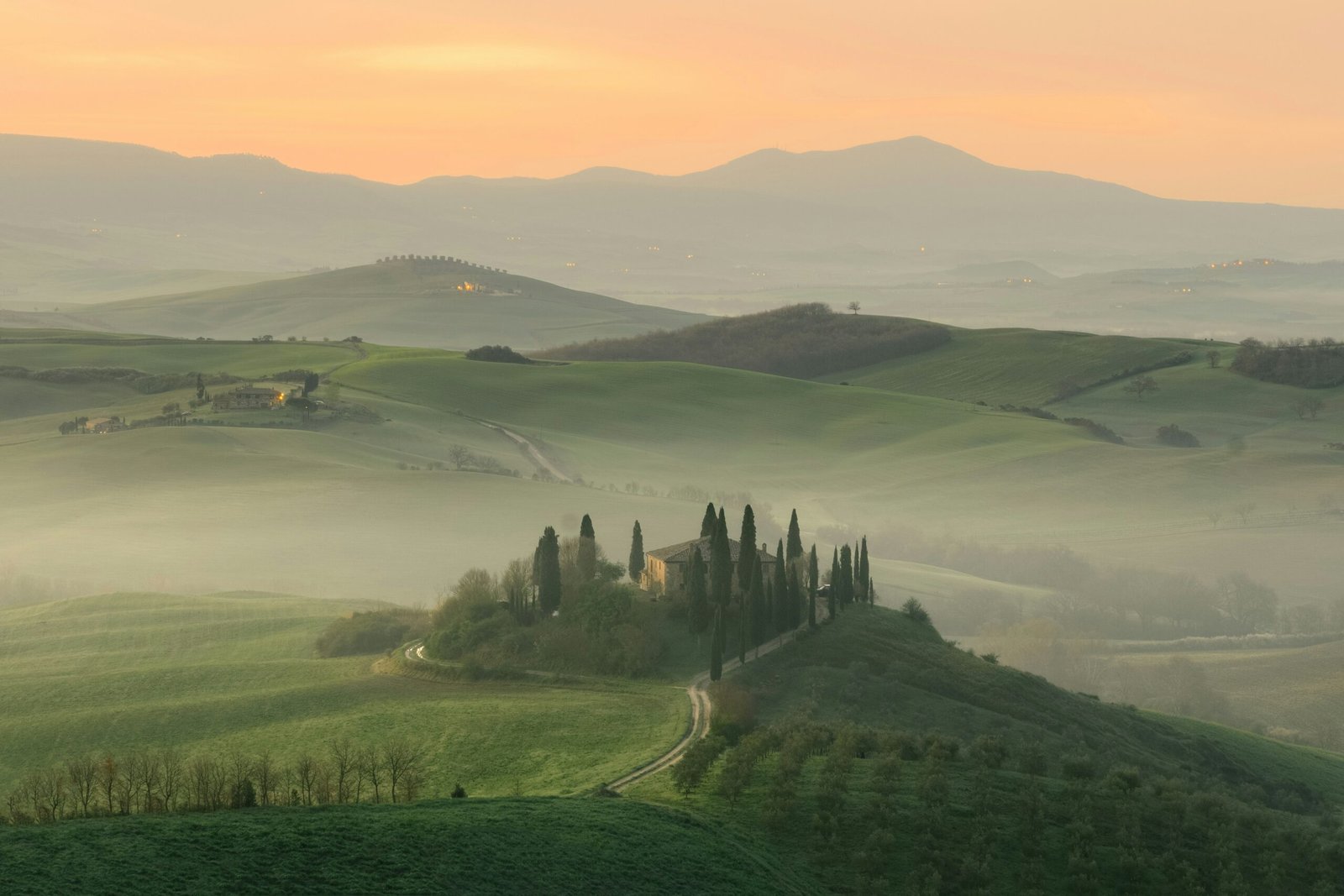Exploring Tuscany’s Wine Regions
When it comes to wine, Tuscany is home to some of Italy’s most renowned wine regions. The rolling hills of Chianti are famous for producing the region’s signature red wine, Chianti Classico. Made primarily from Sangiovese grapes, this wine is known for its rich flavors of cherry, plum, and earthy undertones. A visit to a local winery in Chianti offers not only the opportunity to taste this exquisite wine but also to learn about the winemaking process and the importance of terroir in creating unique and distinctive flavors.
But Tuscany’s wine offerings extend far beyond Chianti. The towns of Montepulciano and Montalcino are renowned for their production of Vino Nobile di Montepulciano and Brunello di Montalcino, respectively. These wines, made from the Sangiovese grape, are aged for several years, resulting in complex flavors and elegant structures. A visit to these towns provides the chance to sample these extraordinary wines and explore the picturesque vineyards that surround them.
Continuing the exploration of Tuscany’s vineyards, another region worth visiting is Bolgheri. Situated on the coast of Tuscany, Bolgheri is known for its exceptional red wines, particularly the famous Super Tuscans. These wines, which blend traditional Italian grape varieties with international varieties like Cabernet Sauvignon and Merlot, have gained worldwide recognition for their quality and complexity.
As you venture through the vineyards of Bolgheri, you’ll be captivated by the beauty of the surrounding landscape. The region’s proximity to the sea creates a unique microclimate that contributes to the production of exceptional wines. The warm sunshine, cool sea breezes, and sandy soil combine to create the perfect conditions for growing grapes with intense flavors and aromas.
Aside from Bolgheri, Tuscany is also home to lesser-known wine regions that are worth exploring. The Maremma, for example, is an up-and-coming wine region located in the southern part of Tuscany. With its diverse soils and favorable climate, the Maremma produces a wide range of wines, from crisp whites to full-bodied reds.
Another hidden gem in Tuscany’s wine landscape is the Carmignano region. Situated just northwest of Florence, Carmignano is known for its unique blend of Sangiovese and Cabernet Sauvignon. This combination creates wines that are rich, structured, and age-worthy.
Indulging in Tuscan Cuisine
Of course, no visit to Tuscany would be complete without indulging in the region’s culinary delights. Tuscan cuisine is characterized by its simplicity and use of fresh, high-quality ingredients. From hearty soups and stews to succulent roasted meats and flavorful pastas, Tuscan dishes are a celebration of the region’s agricultural bounty.
One iconic Tuscan dish that should not be missed is the famous Bistecca alla Fiorentina. This thick-cut T-bone steak is cooked over an open flame, resulting in a perfectly charred exterior and a juicy, tender interior. Served simply with a drizzle of olive oil and a sprinkle of salt, this dish is a carnivore’s dream come true.
Another Tuscan specialty is Pappa al Pomodoro, a rustic tomato and bread soup. Made with ripe tomatoes, garlic, basil, and stale bread, this hearty soup is a comforting and delicious way to start a meal. The flavors of the tomatoes intensify as they simmer, creating a rich and flavorful base for the soup. Served with a drizzle of extra-virgin olive oil and a sprinkle of Parmesan cheese, Pappa al Pomodoro is a true taste of Tuscany.
For those with a sweet tooth, Tuscany offers a delectable array of desserts. One such treat is the classic Cantucci, also known as biscotti di Prato. These almond biscuits are twice-baked, resulting in a crunchy texture that pairs perfectly with a glass of Vin Santo, a sweet dessert wine. The combination of the nutty biscuits and the rich, honeyed flavors of the wine is a match made in heaven.
Immersing in Tuscan Culture
If you’re interested in delving deeper into Tuscan culture, consider visiting some of the smaller, lesser-known towns and villages that dot the region. These hidden gems offer a more authentic and intimate experience, allowing you to truly immerse yourself in the local way of life.
One such town is Volterra, located in the heart of Tuscany. With its well-preserved Etruscan walls and Roman ruins, Volterra is a living testament to the region’s ancient past. Explore the winding streets and discover artisan workshops where traditional crafts such as alabaster carving are still practiced. Don’t miss the Guarnacci Etruscan Museum, home to an impressive collection of Etruscan artifacts.
Another town worth exploring is Lucca, known for its well-preserved Renaissance walls that encircle the historic center. Take a leisurely bike ride along the walls and enjoy panoramic views of the city. Visit the beautiful Cathedral of San Martino, stroll through the charming Piazza dell’Anfiteatro, and sample delicious local specialties at one of the many trattorias.
For a taste of Tuscan village life, head to Montalcino, famous for its world-renowned Brunello di Montalcino wine. Take a tour of the vineyards and wineries, and indulge in wine tastings to truly appreciate the craftsmanship that goes into producing these exceptional wines. Explore the medieval fortress that dominates the town’s skyline and enjoy breathtaking views of the surrounding countryside.
Embracing Tuscan Culture
As you embark on your journey through Tuscany’s vineyards, you’ll not only have the opportunity to taste exceptional wines but also to immerse yourself in the region’s rich history and culture. Many wineries offer tours that include visits to ancient cellars and vineyards, where you can learn about the winemaking traditions that have been passed down through generations.
Whether you choose to visit the larger cities or venture off the beaten path to discover hidden treasures, immersing yourself in Tuscan culture is a truly enriching experience. From the art and architecture of Florence to the medieval charm of Siena and the ancient history of Volterra, each town and city offers a unique perspective on the region’s rich cultural heritage.
As you explore Tuscany, be sure to take the time to interact with the locals and learn about their traditions and way of life. Attend a traditional festival or market, where you can sample local delicacies and witness age-old customs. By embracing the local culture, you’ll gain a deeper understanding and appreciation for all that Tuscany has to offer.


